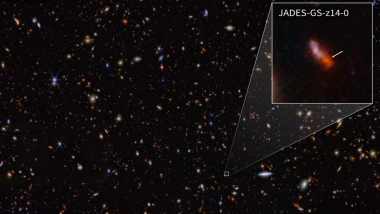Can the James Webb Space Telescope see galaxies over the universe's horizon?
hmm, light on answers but interesting questions

There have been multiple accounts created with the sole purpose of posting advertisement posts or replies containing unsolicited advertising.
Accounts which solely post advertisements, or persistently post them may be terminated.
hmm, light on answers but interesting questions
